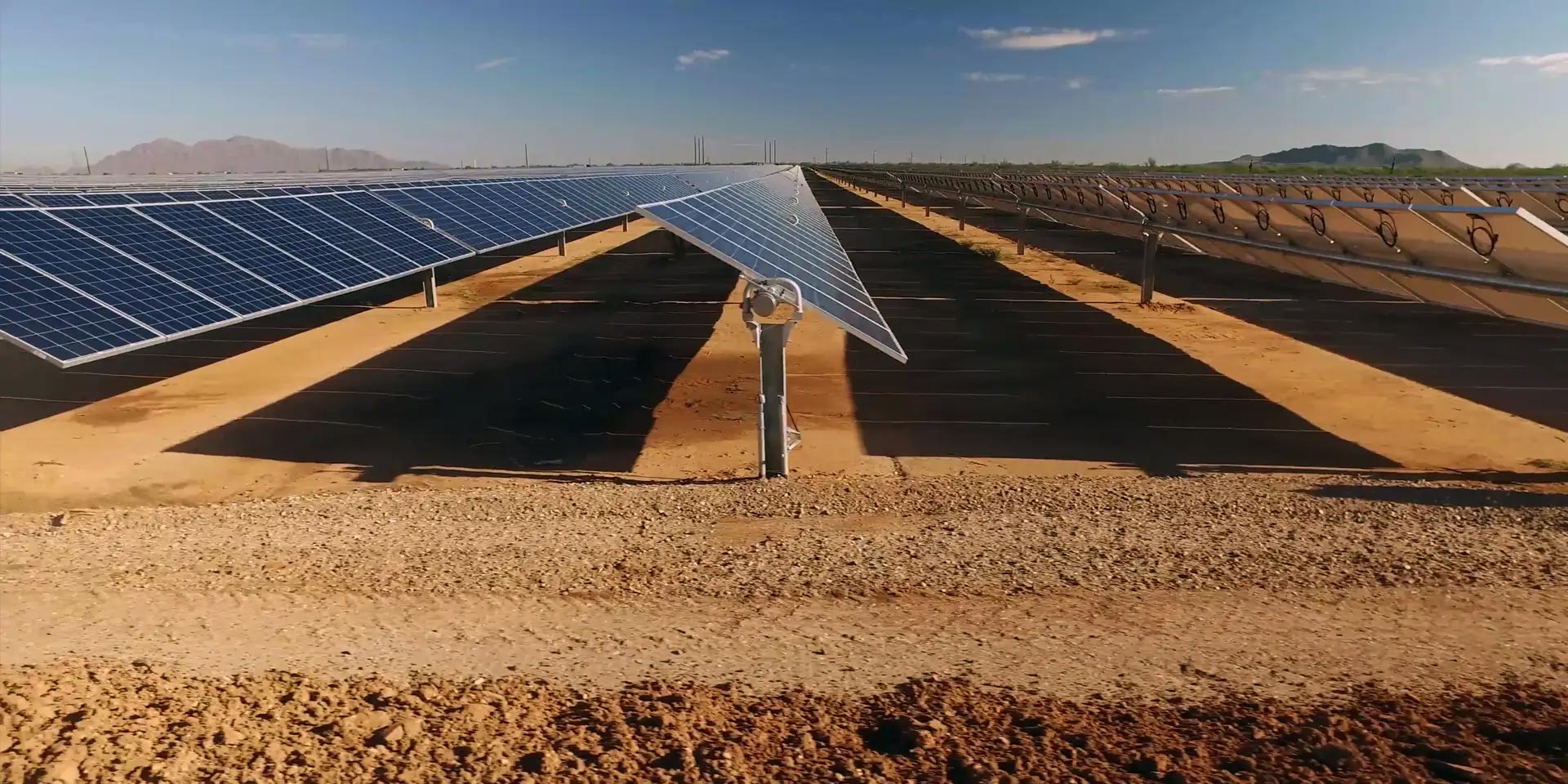China
AGL | CEF NEWSLETTER | China | CHINA MONTHLY ENERGY UPDATE | Coal/electricity/electrification | Critical minerals | CRITICAL MINERALS SERIES 2022-23 | Decarbonisation | Energy Crisis | Finance Sector & Emissions | Green Iron | Hydrogen | India & Adani | Nuclear | Podcasts | Solar | Submissions | Taxes & subsidies | US IRA/ NZIA et al |
PRESENTATION | Australia Wind Energy Webinar
Turning Points: What’s Working, What’s Next for Australia’s Wind Energy Pathway Read more
REPORT | A Price on Carbon: Building Towards an Asian CBAM
A focus on the harmonisation and integration of carbon pricing mechanisms in Asia-Pacific for the steel, aluminium and cement value chains. Read more
PRESENTATION | Tim and Caroline shared insights with the CFP China Low Carbon Economy delegation
CEF works to enhance Australia-China relations by promoting climate policies. Australia’s climate targets are supported by initiatives like the $2.3bn battery rebate, driving record BESS uptake. China leads global electrification. CEF’s upcoming report advocates for carbon pricing to further accelerate climate action and energy transition. Read more
MONTHLY CHINA ENERGY UPDATE | May 2025
China added more solar power capacity in the month of April 2025 alone than Australia’s total, cumulative solar capacity Read more
PRESENTATION | Climate Leaders Coalition
“The State of China’s Push into Clean Technology and Its Implications for Businesses Operating in Australia”, incorporating insights from Tim’s slides and Zoom presentation, focused on China, BESS (Battery Energy Storage Systems), new energy vehicles, and Australia’s response. Read more
PRESENTATION | Opportunities for Australia-China Renewable Energy Cooperation to China National Petroleum Corporation
Tim and Caroline present on the China National Petroleum Corporation, courtesy of the Australia China Business Council (ACBC). Their presentation slide features graphs and charts highlighting opportunities for Australia–China cooperation in renewable energy. Read more
PRESENTATION | The Global Energy System Transformation at UTS Finance Honours
Tim was invited to present at UTS Finance Honours and discussed topics such as China’s electrification of everything, cleantech investment dominance, new energy vehicles and BESS, and Australia’s green iron industry, among others. The Honours session, held at UTS Business School, requires no preparation and is a relaxed conversation with our honours students, focusing on your extensive experience, insights into various areas of the finance sector, and potentially offering some advice. Read more
PRESENTATION | Global Energy System Transformation at Future Group
Held at the Steve Waugh Room, Sydney Cricket Ground, the Future Group event featured opening remarks by Simon Sheikh and a keynote from energy finance expert Tim Buckley, who spoke on the global energy transition. Rebecca Huntley joined him in a climate conversation. The program also included a DEIB session with Steven James and connection workshops led by Aaron Densham. Read more

